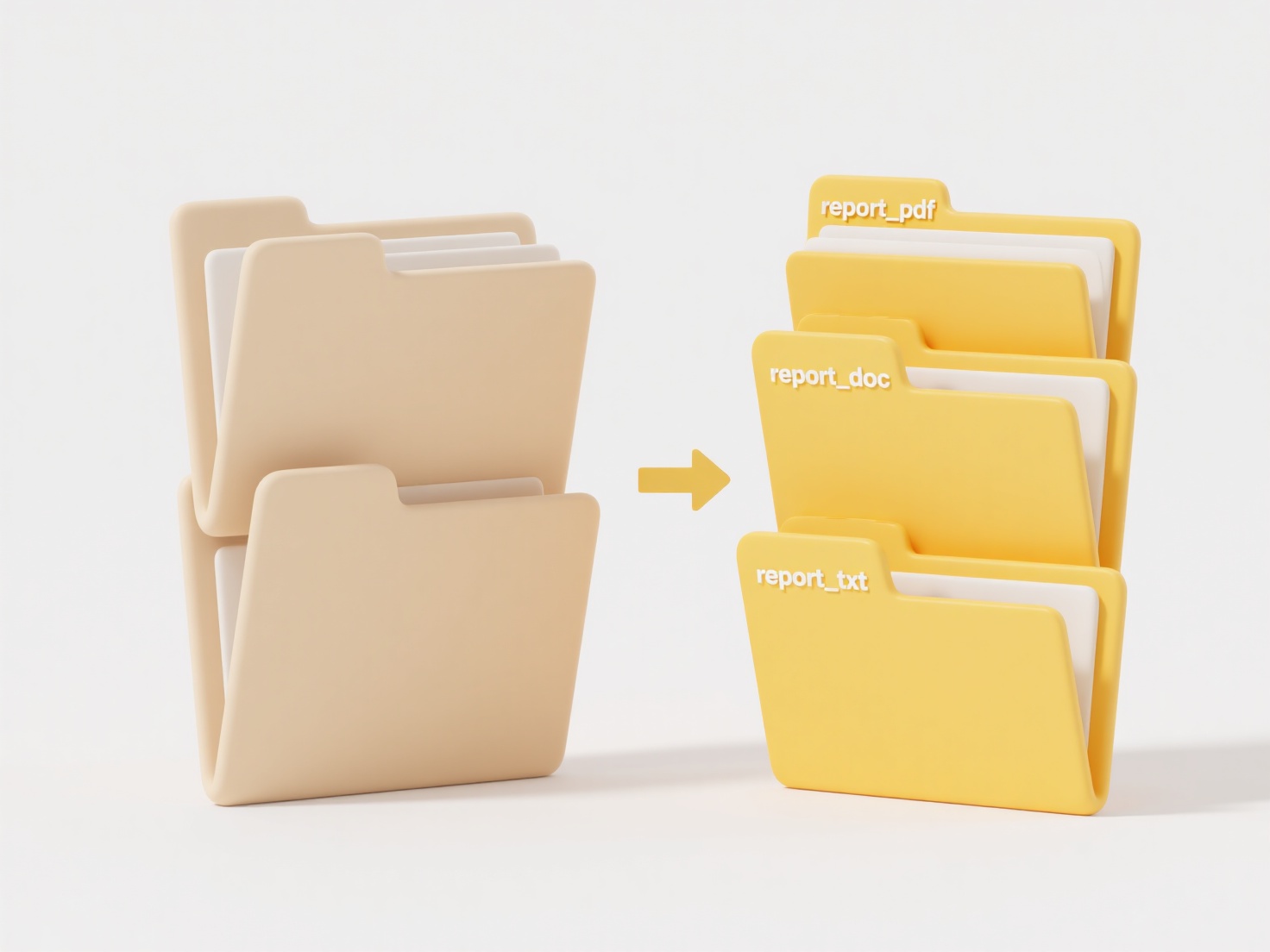
Creating unique filenames in a collaborative workflow ensures multiple users can edit or add files without accidentally overwriting each other's work. It requires moving beyond simple sequential names like 'draft1.txt' that easily conflict. Instead, it involves embedding identifiers that distinguish one contributor's version or specific iteration from another's, often using elements like timestamps, contributor initials, random characters, or project codes within the filename.

Common practices include using automated naming conventions in shared tools. For instance, Google Workspace automatically appends a contributor's name when downloading shared files. Many design tools (like Figma) or content platforms generate unique IDs for assets. Teams also implement manual systems, such as 'ProjectX_DescriptiveName_Username_YYYYMMDD.ext'. This is crucial in software development (code branches), marketing (campaign assets), and research (data collection).
This approach prevents data loss and confusion, significantly enhancing team productivity. However, overly complex names can reduce human readability. Some future systems might integrate AI to suggest context-aware unique names automatically. While automatic unique IDs solve the core problem, incorporating some human-readable elements (like description or date) remains beneficial for traceability alongside uniqueness, balancing practicality with automation.
How do I create unique file names in a collaborative workflow?
Creating unique filenames in a collaborative workflow ensures multiple users can edit or add files without accidentally overwriting each other's work. It requires moving beyond simple sequential names like 'draft1.txt' that easily conflict. Instead, it involves embedding identifiers that distinguish one contributor's version or specific iteration from another's, often using elements like timestamps, contributor initials, random characters, or project codes within the filename.

Common practices include using automated naming conventions in shared tools. For instance, Google Workspace automatically appends a contributor's name when downloading shared files. Many design tools (like Figma) or content platforms generate unique IDs for assets. Teams also implement manual systems, such as 'ProjectX_DescriptiveName_Username_YYYYMMDD.ext'. This is crucial in software development (code branches), marketing (campaign assets), and research (data collection).
This approach prevents data loss and confusion, significantly enhancing team productivity. However, overly complex names can reduce human readability. Some future systems might integrate AI to suggest context-aware unique names automatically. While automatic unique IDs solve the core problem, incorporating some human-readable elements (like description or date) remains beneficial for traceability alongside uniqueness, balancing practicality with automation.
Quick Article Links
Can I customize the naming for system-generated duplicates?
System-generated duplicates are copies automatically created by software, often to preserve original files or track revi...
What opens .mobi or .epub eBook files?
MOBI and EPUB are file formats designed specifically for eBooks, enabling features like adjustable text size and layout ...
How do I organize files for regulatory compliance?
Organizing files for regulatory compliance involves structuring digital or physical records to meet specific legal stand...